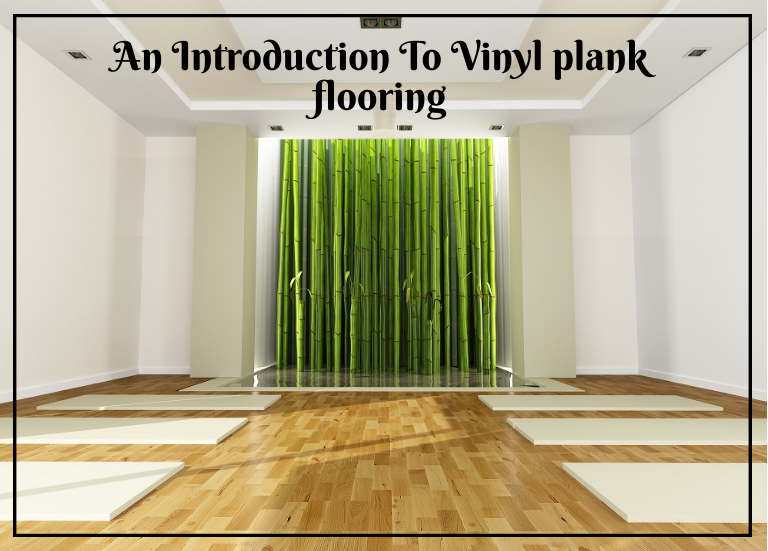An Introduction To Vinyl Plank Flooring
In this era where everything is moving so fast, and every second new technology is getting developed, will flooring really stay behind? The use of concrete, wood, marbles, etc. has been a traditional practice for the purpose of flooring. These flooring types were considered reliable and useful when people had no other alternative but to work with it. However, these floors can get damaged or cracked easily if hit by something (or maybe by the internal forces among the constituent molecules). Such situations lead to the need for a substitute, and this search helped in the development of Vinyl composite tile, or vinyl plank.
 |
| Vinyl Plank |
What is Vinyl plank?
Vinyl plank, usually termed as Vinyl, is a chemical substance made up of a polymer called Polyvinyl chloride. Polyvinyl chloride (PVC) is originally a plastic containing Hydrogen, Carbon, and Chlorine. It is made by the process of polymerization. PVC has high malleability, thus has come up as an option against the traditional flooring components. Vinyl plank is rubber in nature thus, can be easily cut into sheets of different sizes as per the requirement. It thus, can be fit into plank or sheet form and used as per the need.
Used for flooring
Traditionally, concrete, stones, mud, and marbles, etc. were used for making floors or roads. Although they are hard enough to sustain and durable too, the problem with them is that they can get damaged. Since the traditional flooring is completed in one-laid-down structure format i.e., the material prepared for the flooring or any such purpose is laid down in a single one-flow- form. In such case, if the damage occurs somewhere in the middle, then the whole area or region of that damaged part has to be mended by redoing and reinstalling the whole of flooring again in the area.
There is a new trend for flooring in the market. Designers have invented a substitute for this in the form of Vinyl plank, a plastic in a chemical form that is nowadays being employed as the flooring material for most of the housing structures. It is actually a sheet version of Polyvinyl chloride. Vinyl plank is cut into squares of the required sizes and then glued by a specific glue chemical designed for them over the place of their requirement which may be house flooring or at some commercial office.
Pros
 |
| Vinyl Plank |
Derived from a polymerized chemical-PVC, Vinyl after being transformed into a malleable sheet or ply form comes to be known as Vinyl plank. It stands advantageous over the ordinary trend of flooring form in the way that it is quite easy to install, repairing, and maintenance of the material. Since it is rubber in nature, it’s automatically waterproof, thus being a water guard for your house. In case it gets damaged, though chances rarely occur, then its block cut structure comes as a plus point and you do not have to replace the flooring of the complete area. As they are placed in ‘separate cut blocks structures pasted together’ form, hence, the part that has been damaged gets replaced solely by a new and fresh block of Vinyl Plank.
Maintenance of Vinyl Plank
This is an easy to clean form of flooring that does not really attract dust or debris. Daily sweeping of the floor is good enough to keep the dust away. Since it is waterproof, you can even mop the floor for extra caution and cleanliness. Use warm water with the right floor cleaner for your vinyl. Do not use blast-away technique for cleaning as it is plastic and may not withstand the pressure. Mild vacuuming is the key for vinyl floors.






0 comments